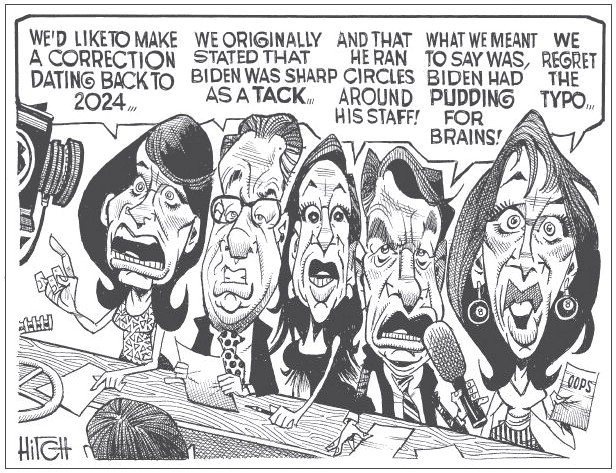A Day at the Colosseum


A beautiful day.
The arena was filling up and by mid-morning all of the 50-60,000 seats would be filled with local citizens and people who traveled miles for a day of entertainment.
Tickets were examined looking for any variation in the stamp or imprint. Counterfeit tickets were sold around the city and a few bold scalpers sold knockoffs just outside the gates.
Armed security were rough with those who tried to use fake tickets or by sneaking in.
Vendors set up in the higher reaches under the retractable canopy. Some brought their own food and grills to feast in tail-gate style.
There were many latrines and unusual urinals called “comfort stations” for those who needed relief.
Down closer to the action, celebrities, politicians and out of town royalty occupied box seats with attendants to fetch whatever the celebrities wanted.
Fights broke out among spectators and nobody bothered to stop them.
Walking through the rows of seats bet takers encouraged fans to put their money where their hearts were and drop a few coins on the fate of their favorites.
The only items missing are the giant television screens where fans could see an instant playback or crowd shots.
The Jumbotrons were missing because this massive arena was begun in 70-72 AD and finished in 80 AD. We call it the Roman Colosseum.
It was constructed of rock and concrete. At one time there were eighty gates and today you can still see the gate numbers to help spectators find their seats.
The tickets were made of leather or pottery identifying a seat assignment by section and row.
While the amphitheater was impressive, the area under the arena floor was a complex of tunnels, cages for animals, lifts, quarters for gladiators and offices. The floor itself was sand covered wood.
The gladiator schools and barracks were nearby.
The Colosseum is best remembered for gladiator fights, but there were staged hunts with men against beasts, men against men, executions of condiment prisoners by wild animals and execution of Christians.
A naval battle was once reenacted by flooding the arena floor with water from via ducts.
The best I can determine gladiator killings were rare and a “thumbs down” sign was not a vote for the looser to die. Public pressure did not bring an end to the bloody show; it was cost.
Today we have a substitute for gladiatorial games: We call it professional football. joenphillips@yahoo.com








